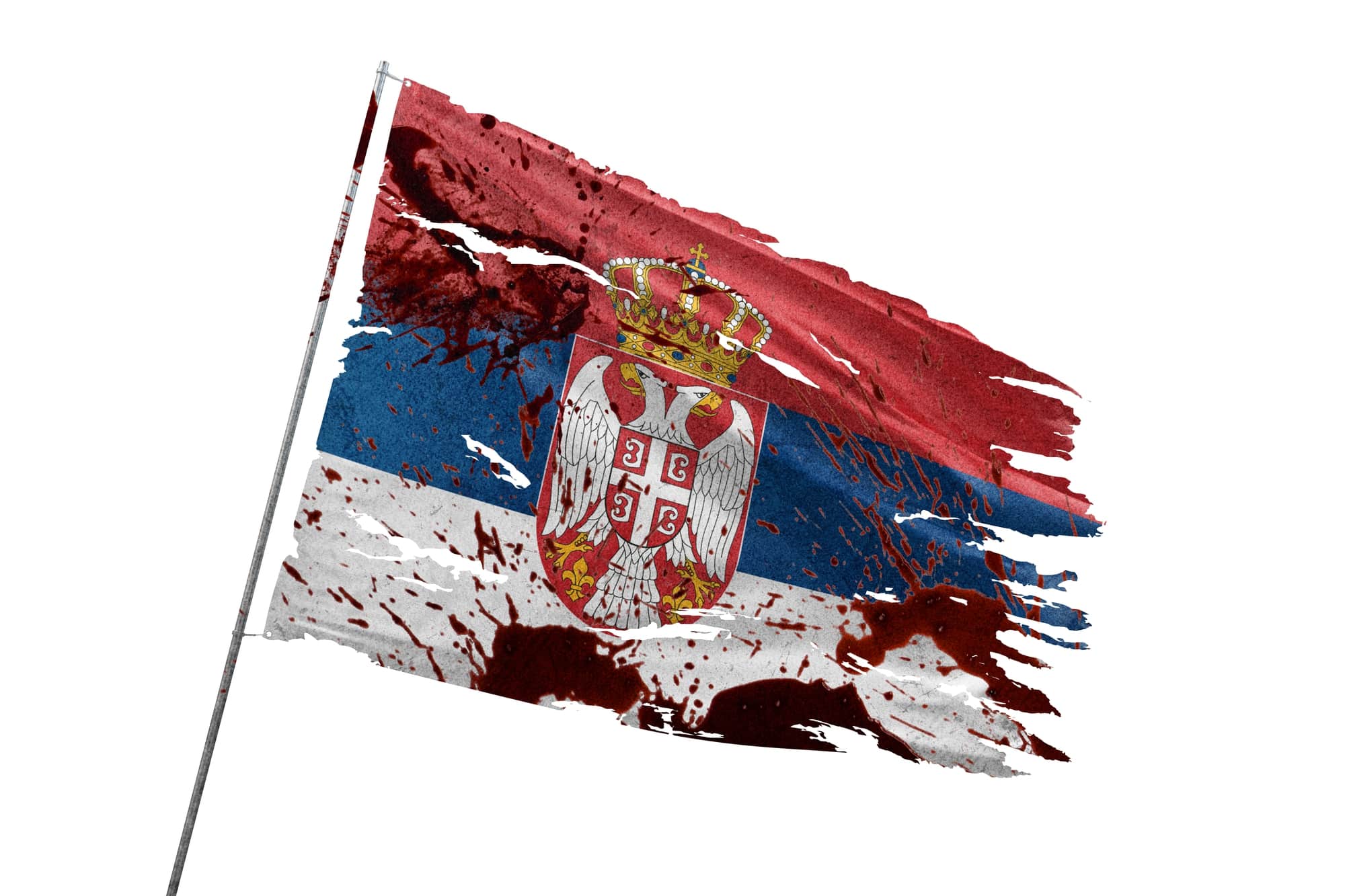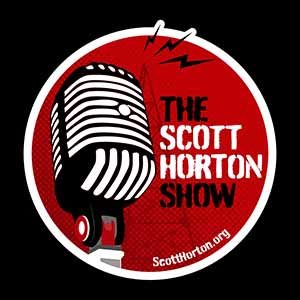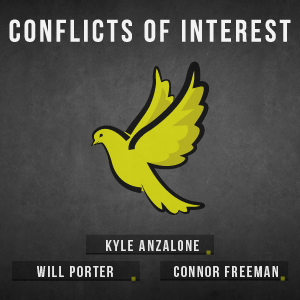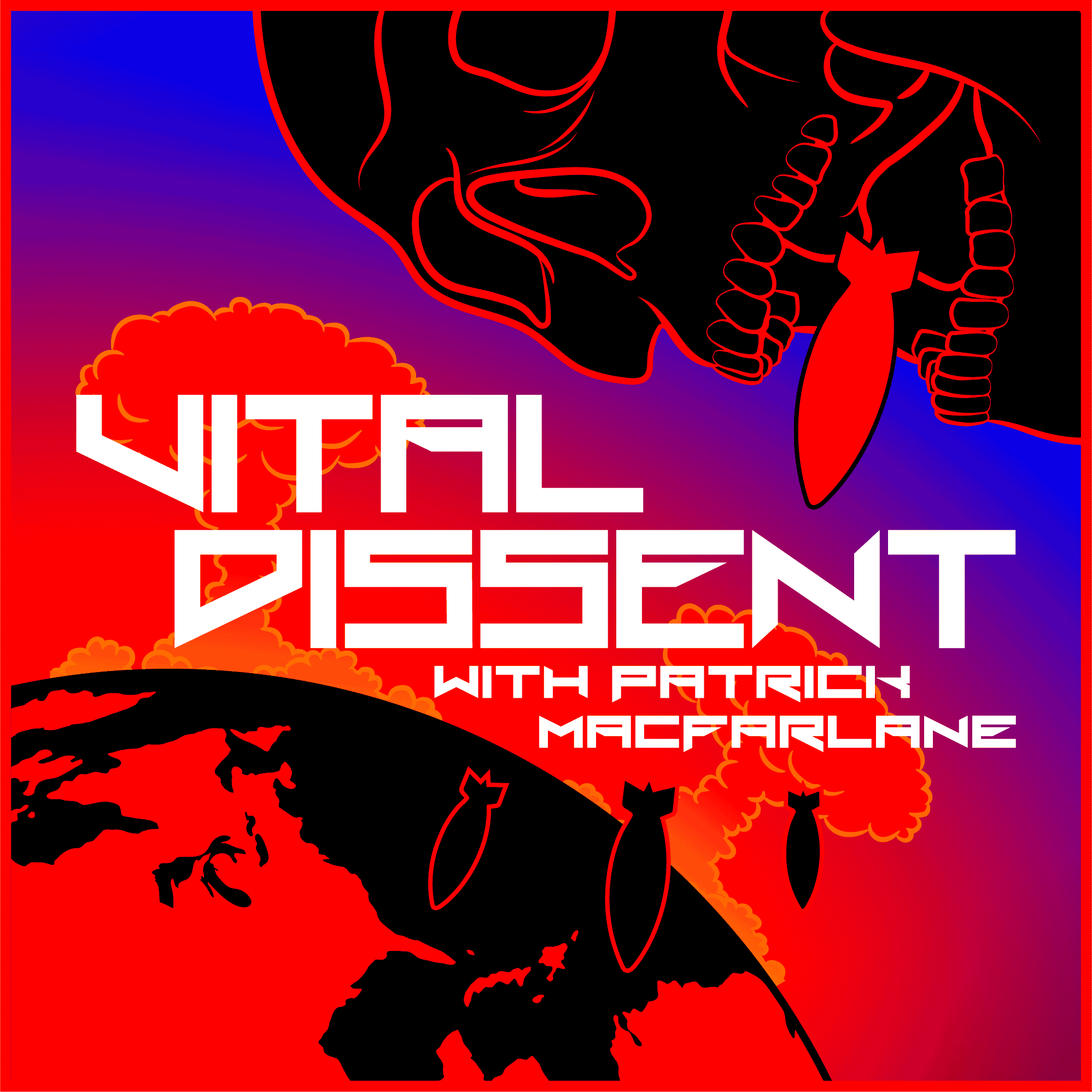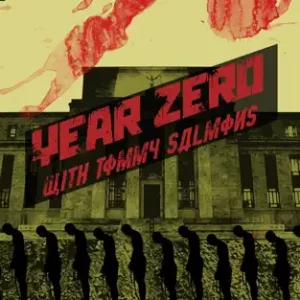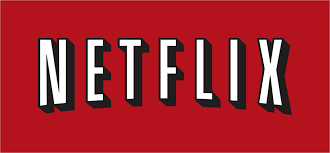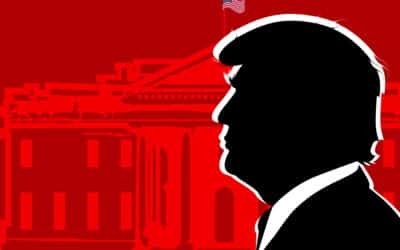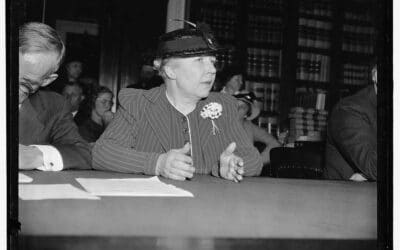For six weeks now, Serbia has been rattled by what purports to be a student rebellion, leading to the prime minister’s resignation last week and rumors of a snap election. Students from sixty-three colleges of five state and two private universities, as well as four high schools, have emerged as the biggest challenge to the Progressive Party rule—and fueled rumors of yet another “color revolution.”
On Thursday, thousands of students rallied in the capital, Belgrade, and set out to Novi Sad—the second-largest city in Serbia and the site of a tragedy that has served as the trigger for the entire crisis. The concrete canopy of the Novi Sad railway station, built in 1964 but recently renovated as part of a bullet-train project, collapsed on November 1 and killed fifteen people.
Serbia is the largest of the six successor states of the former Yugoslavia (Kosovo, a breakaway Serbian province that the United States and its allies consider the seventh, doesn’t count). Belgrade has no intent of joining NATO, which bombed Serbia in 1999 to occupy and detach Kosovo, and officially aspires to join the European Union—but has so far refused to go along with the bloc’s sanctions regime against Russia.
All of this has obviously made Serbia a place of considerable interest to Moscow, Beijing, Brussels and Washington alike. President Aleksandar Vucic has managed to parlay his balancing diplomacy into a flow of infrastructure and industrial investments, such as the high-speed train project to the Hungarian border.
Opposition parties backed by the West have long accused the Progressives of skimming funds from these construction projects—as they have done while in power—and quickly seized on the Novi Sad tragedy to demand resignations and arrests. They followed the same playbook as in 2023, when a mass shooting at a Belgrade school was harnessed into “Serbia against violence” protests to demand regime change. Vucic responded at the time by calling a snap election, which the Progressives easily won, however.
At first the Novi Sad protests looked like another street performance that would fizzle out. Everything changed when students of two Belgrade university schools walked out of class on November 21. The following day, a group of theater students blocked the street outside their school, and got into a fight with several motorists who tried to get through. The incident triggered a domino effect at Belgrade colleges, with self-appointed “student soviets” (plenum) eventually demanding the arrest and identification of the attackers—who they claimed were ruling party activists—and the release and full pardon of all students involved in the fracas.
Since then, student groups have blocked strategic streets in Belgrade for at least fifteen minutes every day, around the time of the canopy’s collapse. They have also expanded their demands: for the government to publish all the records related to the railway station’s reconstruction, and to increase the higher education budget by 20%.
The student soviets claim they are trying to compel a lawless government to uphold the law and punish those responsible for the canopy carnage. The way they have gone about it, however, is itself extra-judicial. Only a small percentage of students from every school are part of these “soviets,” and no one knows who their ringleaders are. Their spokespeople claim to be apolitical and want nothing beyond the four demands. Yet when the government tries to appease them by fulfilling their demands, they refuse to take “yes” for an answer.
Meanwhile, Western-backed opposition and NGOs have repeatedly tried to take over the protests and use them to overthrow the government. There have been calls for a “student-nominated expert cabinet” and even a new constitution (though notably not an election).
Watching the students, it is hard not to sympathize with them. They’re young, idealistic, patriotic, hungry for justice—something the Serbs value highly—and are filled with energy. Yet all of these things also make them the perfect tool of forces that have already weaponized human kindness and decency to nefarious ends, both in Serbia and elsewhere.
The protests are unusually well-organized, photogenic, and media-savvy. Every march or blockade is ringed by “staff” in high-visibility vests and sometimes hard hats. They brandish Serbian flags as well as banners declaring “no surrender” on the issue of Kosovo, reinforcing their patriotic bona fides. The logo they have adopted is a red handprint, insinuating that the government has “blood on its hands” because of the canopy collapse.
The “red hand” appears to have been lifted from Mjaft! (Enough), an Albanian “social justice” NGO founded in 2003 and funded by the United States and George Soros for years. It appears to have gone defunct in 2021, but one of its leaders, Erion Veliaj, had become the mayor of Tirana since then. No one has come forth to claim ownership of the “bloody hand” logo by the Serbian student soviets, so far.
People of Serbia are normally wary of street protests, remembering the bitter aftertaste of their October 2000 “democratic revolution” against then-President Slobodan Milosevic. Many of the people involved believed they were taking part in a spontaneous revolt against Milosevic’s purported “betrayal” of Kosovo—only to discover they had been played by the National Endowment for Democracy and its clever blueprint of subversion that would become known as the “color revolution.”
Those protests too were led by “students”—or rather, what started as a student group before getting infiltrated by NED. Known as Otpor (Resistance), they used a black fist as their symbol and also had clever marketing and branding, all funded by the American taxpayer.
Some of the people behind the October 2000 coup later openly boasted about getting “suitcases of cash” via the U.S. embassy and various NED cutouts, and a small number went on to become professional revolution-mongers in places like Georgia, Ukraine, and North Africa.
Knowing all this, the “red hand” protests certainly raise a number of red flags—including literally, in the form of a random Ferrari banner used by anti-Milosevic protesters in the 1990s. Attempts by the NGOs, Western-backed parties and some EU propagandists to co-opt and divert the protests to their own ends also stink to high heaven.
Moreover, the student soviets’ high degree of organization and discipline is in stark contrast to the generally disorganized and demoralized state of pro-Russian, “sovereignist” or right-populist forces in Serbia in recent years.
Normally a PR-savvy politician, Vucic has reacted to the protests in a clumsy fashion, eventually settling on a policy of appeasement that only seems to have emboldened the demonstrators. Every time he appears close to calming them down, a violent incident escalates things. On two occasions, cars trying to pass through the blockades injured young women holding the line—fortunately, not seriously. Yet a poem has already appeared on social media fantasizing about a deliberate vehicle attack turning fatal.
The night after Vucic called for calm and said he had met all the students’ demands, a group of protesters went to graffiti the Progressive Party offices in Novi Sad. They were confronted by some of the party members armed with bats, and one girl got her jaw broken. This is what triggered the resignations of Prime Minister (and Progressive Party chair) Milos Vucevic and the mayor of Novi Sad.
There are several ways this could end. The students could declare victory and go back to their colleges, having put the government on notice. Or they could keep going until they get hijacked by the NGO-opposition axis, which has already made plans in the media to seize power and launch purges of the Progressives. There is a non-zero chance of political violence escalating into a shooting war.
Whatever happens, the “red hand rebellion” seems to have scuttled Serbia’s opportunity to “reset” relations with the United States, or serve as the host of the Ukraine peace summit, being a truly neutral venue genuinely sympathetic to both Presidents Donald Trump and Vladimir Putin.


